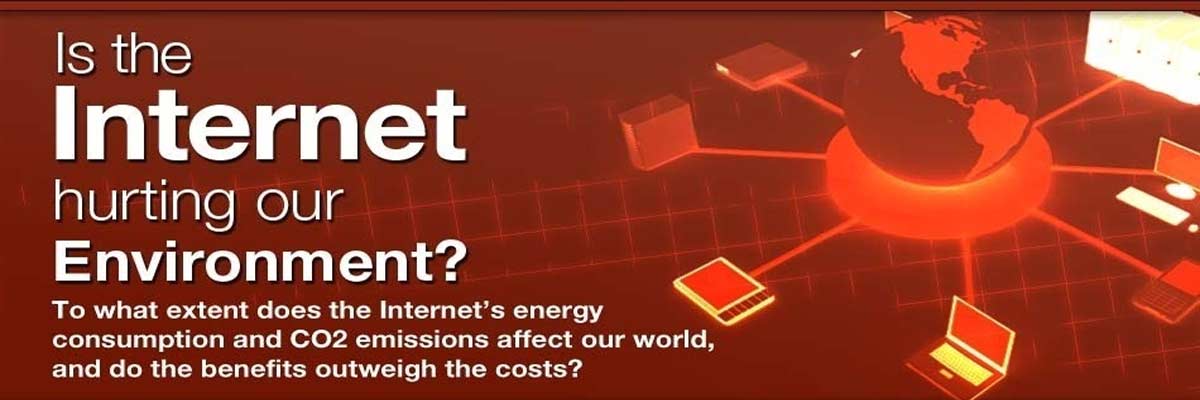Urban Farming, The New Way to Handle Unemployment?
Depending on which figures you choose to use, unemployment in America is approaching 20%, a figure that is quite remarkable. Fully 1/5 of the people in America who could be working are not currently working. I think urban farming could be this generation’s way to handle unemployment, sort of like a 2011 version of the CCC.
When you are willing to trade your labor for less space and less machinery you can create an amazing income from a small land base. SPIN farming is a method developed by a farming couple in Canada when they realized that they could make more money by growing intensively on less land if they grew the right crops at the right times.
They have a farm income calculator on their site that suggests that a farmer with 1/2 an acre can generate $24,000 in gross sales on the low end up to $72,000 on the high end. I think this is doable as well, but it does require a bit more marketing and growing of high value crops. We use a CSA model for our urban farm and I don’t think that will get us to those dollar figures because a CSA model is similar to a bulk food model vs. a model where you would grow exclusively high value crops like exotic green, radishes or beets for restaurants.
Rosalie Bay Resort Features Dominica’s First Wind Turbine
Resorts around the world continue to impress me with their commitment to sustainable practices — but Rosalie Bay Resort on the island of Dominica in the Caribbean is truly a standout.
Five years in the making, the 22-acre getaway was built on principles of conservation and preservation, surrounded by an undisturbed natural setting of mountains, lush forests, and gardens. In addition to solar panels, the resort also features a Norwin Turbine 225 kW — which provides some 70% of the power used by the 28 beautiful rooms in nine cottages. With these renewables in place, Rosalie is effectively self-sustaining; an epic achievement that’s yet still rare in today’s world of “green resorts”.
“Nature should be preserved and shared,” said Dr. Ken Watson, general manager. “Rosalie Bay Resort was designed to be environmentally sustainable while showcasing one of the most beautiful natural settings in the Caribbean. Many resorts claim to be green, but we’ve made a legitimate commitment with the wind turbine being the centerpiece of our pledge.”
My review of the NREL Western Wind and Solar Integration Study
The NREL/GE Energy WWSIS study appears to be built on several questionable assumptions, each allowing the modeled system (of up to 30% wind/5% solar in the West Connect within the great Western Interconnect) to withstand the inherent difficulties of large scale renewable integration. The primary issue, consistent with my dissertation research, is that the authors assume that we can afford to massively overbuild the capacity of the system, adding the large percentages of renewable generation on top of newly built and existing plants. This allows one to be able to ignore the hourly or sub-hourly periods with extremely low output from renewables, as well as the days or weeks at a time during the summer when wind production is well below yearly average output levels. An ample reserve is at the ready to step in when renewables perform poorly. Secondly and equally important, the authors assume that coal plants, which have traditionally run in a base load capacity, will be able to be operated very flexibly – on par with combined cycle gas plants.
Green Poetry: “Streams of Consciousness”
The biggest environmental challenge we face is educating people
Our globe is a big community
We interact
We affect our surroundings
Without knowledge there is consequence
Specialization is prominent
But familiarity with all systems is essential
To know a tree dies but not why
Could be a plague
We care about trivial things at times
What is on TV?
No, where will my next sip of water come from?
Once we understand
We can adapt
Systems can be in balance
A quiet lake, a deep ocean, and a steep mountain
What can we learn about life?
Careful observation and ongoing education
One day, our world will be of one mind
——————–
Ed Note: Thanks Jessica for being the first from SUNY-ESF to submit a post. Interested in posting at Groovy Green? Use the “Contact” tab above.
Coming Next Week – College Bloggers
Students from SUNY-ESF will be taking over Groovy Green next week. Get the perspective of the future environmental leaders of America (and places beyond).
Come back and see us next week, starting Thursday 11/18/10 and see what they have to say.
Can a “One-legged” Man Stay Green?
I’ve had the humbling experience of undergoing ankle surgery about 2 months ago. As a father of a near-two year old, and a husband, it has been extremely difficult to shift from the role of a provider and equal member of the household to a person initially very dependent on others.
My family and friends have been very supportive, and where we still needed some help, we were able to find babysitters, someone to help clean, and someone to do the annual fall clean-up.
I’ve progressed over the last month from a doped-up, leg-elevated, impression in my couch to a semi-functioning member of my family and society. I’m back to work, and trying to catch up on my PhD studies. Still, its a big challenge to hop from place to place, and occasionally catch a ride in a wheelchair during longer outings. Let’s just say that I’ve had plenty of time to think.
Cleveland’s RFID-enabled Recycle Bins Report When You’re Not Using Them
Cleveland’s City Council recently passed a $2.5 million measure to bring RFID-equipped recycling bins to 25,000 homes over the course of the next year. Hey, nothing like encouraging a little green behavior. But this one carries a catch:
The chips will allow city workers to monitor how often residents roll carts to the curb for collection. If a chip show a recyclable cart hasn’t been brought to the curb in weeks, a trash supervisor will sort through the trash for recyclables.
Trash carts containing more than 10 percent recyclable material could lead to a $100 fine, according to Waste Collection Commissioner Ronnie Owens.
The Facts About Bottled Water
Bottled water is surely one of the biggest jokes ever played on humanity. With plentiful supplies of clean water, first world countries still spends a horrifying amount of money on boutique water — some sourced from half-way around the globe.
The image above is but a piece of a stunning infographic from Online Education detailing the damaging effects of bottled water on our planet — and wallets. Check out the full image after the jump below:

Offshore Oil :: Drill Baby Drill :: The Obama Plan

What follows is something I posted in September of 2008. The US presidential campaign was building up steam and I was sick and tired of hearing ‘Drill Baby Drill.’ It made me ill because of the stupidity of the entire argument. I wrote,
















